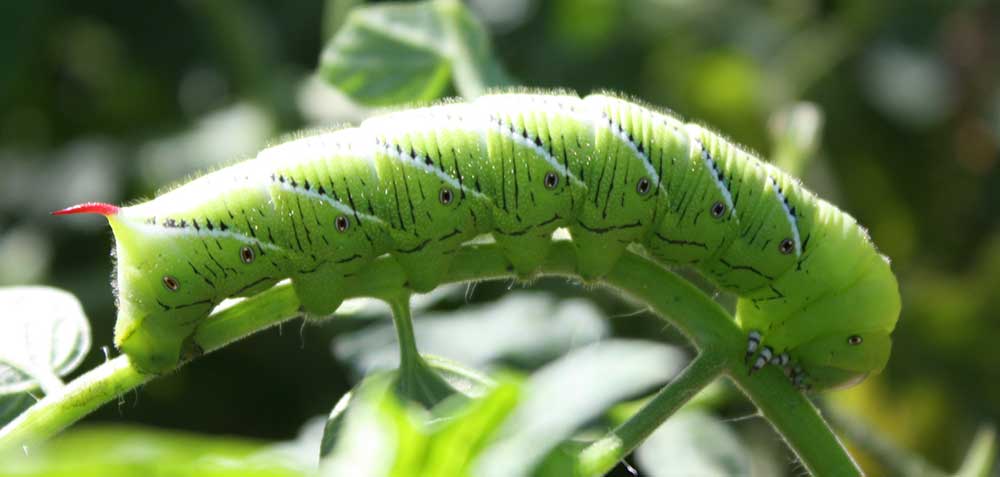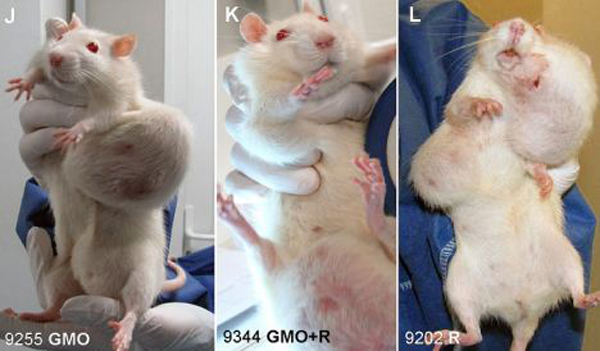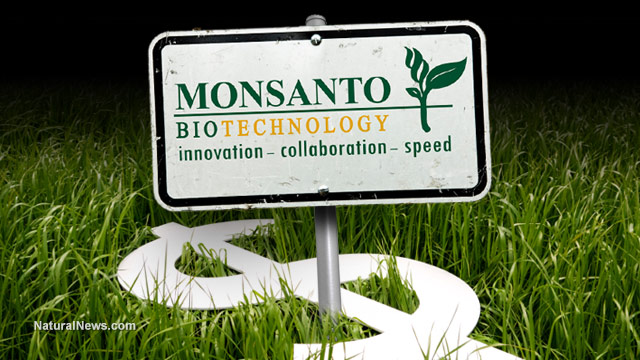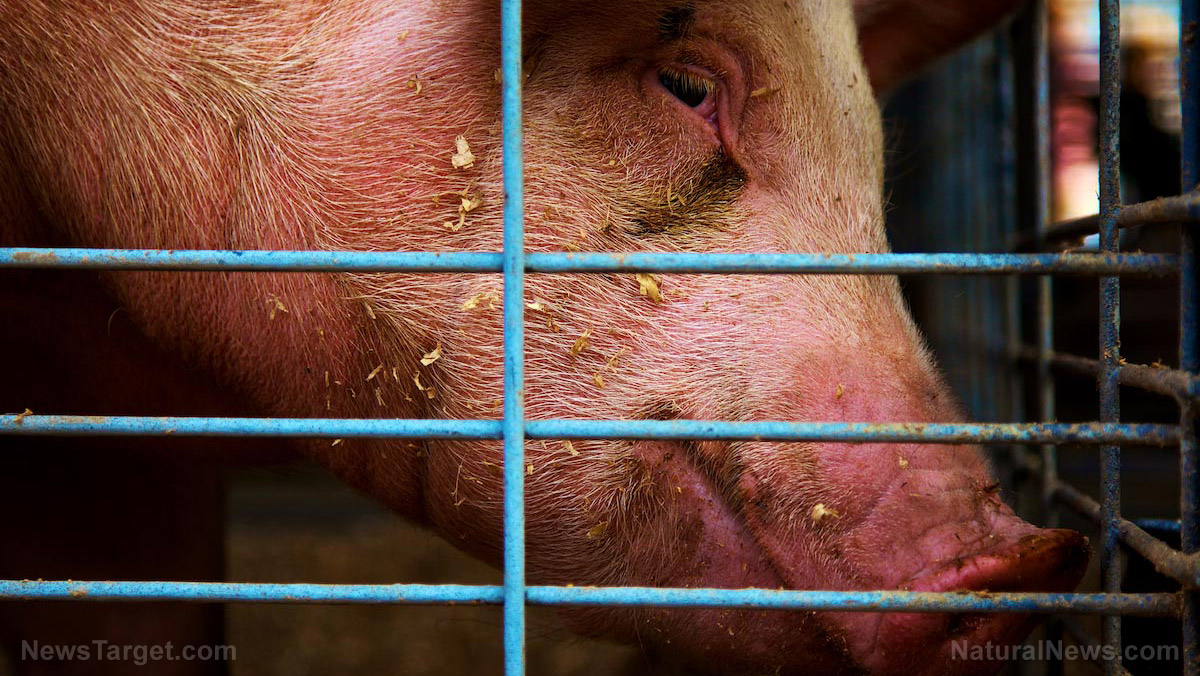Frankenstein experiments combine human and animal DNA in the name of “science”
04/09/2018 / By Tracey Watson
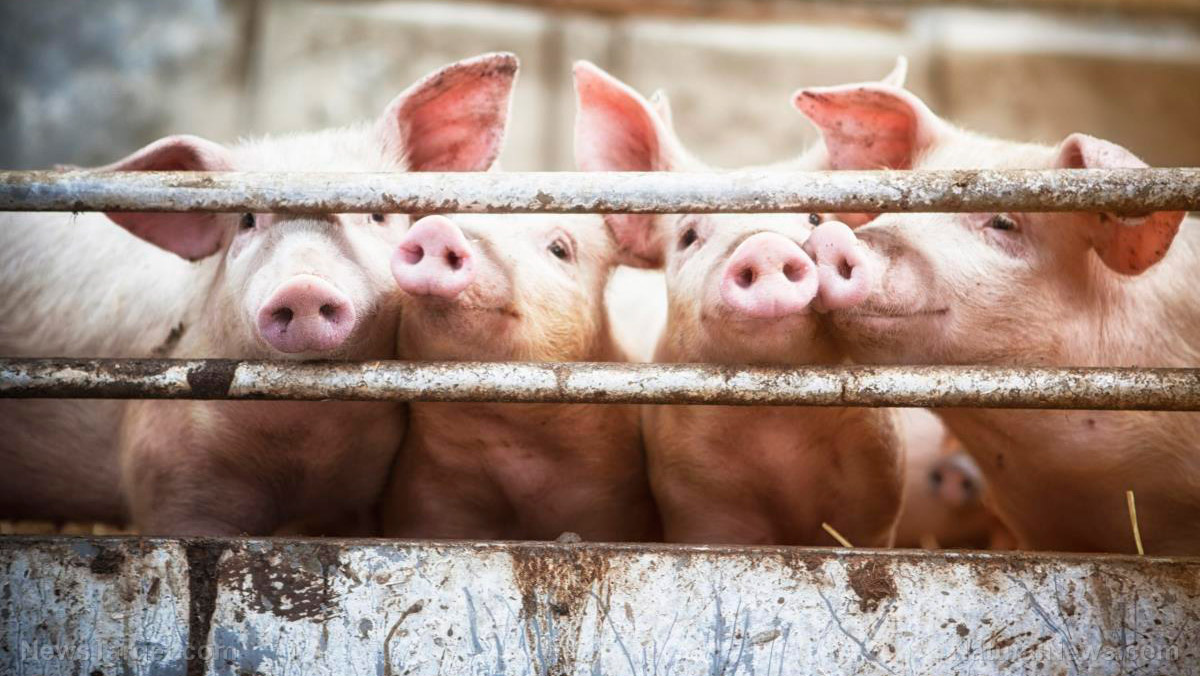
There are not too many subjects which remain controversial in modern society. It seems like everywhere you look there is a person or group pushing for the right to do pretty much what they want. And yet, there remains one subject which is highly controversial and will elicit very strong feelings one way or the other from pretty much anyone who is asked: The genetic engineering of animals in the name of science.
This type of scientific tinkering includes the cloning of animals, transgenesis (the transferring of genetic material from one organism to another), and the deletion or manipulation of certain genes. Scientists have already cloned sheep; “created” cows without horns; developed massive dragonflies; created a spider-goat which looks just like a goat but contains spider DNA which makes it produce milk that can be spun into silk; and altered nature in other scary ways.
Now they have gone a step further, however, creating embryos that are both human and animal, and this has taken the debate about whether or not genetic engineering is ethical to a whole new level.
Scientific teams around the world, including in Japan and the United States, are attempting to “grow” human organs in farm animals for transplanting into sick people who desperately need them.
A press release by the Japan Science and Technology Agency reported:
A team led by Professor Hiromitsu Nakauchi of Tokyo University and Professor Hiroshi Nagashima of Meiji University has successfully “grown” a functional pancreas inside a pig. … Firstly “designer” pig embryos (fertilized eggs) were derived, which had been genetically modified so that it lacked the ability to develop a pancreas. This created a “niche” or “space” that could be occupied later. … The other important concept is the use of stem cells. Embryonic stem cells (ESCs) or induced pluripotent stem cells (iPSCs) have the potential to become almost any cell type in the body. It is this potential that allows it to occupy the “space” created in designer embryos. … The resulting offsprings each had a functional pancreas made up of donor cell origin. Eventually the goal is to generate transplantable human organs in a similar way by injecting patient iPSCs into designer host embryos.
The severe shortage of such human organs means that thousands of people die each year while waiting for an organ like a heart, kidney or liver. These scientists use this argument to justify the creation of such chimeras – creatures that are part human and part animal – but many believe that it crosses an ethical line that will have serious consequences.
“You’re getting into unsettling ground that I think is damaging to our sense of humanity,” Stuart Newman, a professor of cell biology and anatomy at the New York Medical College, told NPR.
This subject is so controversial, in fact, that the National Institutes of Health has curbed funding for such projects while the powers that be try to sort out the ethics involved.
Animal rights activists also insist that such experimentation is cruel and violates the rights of animals. Genetic engineering may involve the sacrifice of some animals, while others are subjected to invasive and unnecessary surgeries. And, when chimeras are created with the sole intention of providing donor organs for humans, there is no chance that such animals can survive after these organs are surgically removed. (Related: Stay in the loop at Scientific.news.)
There are also those who argue that humans have been “engineering” animals for centuries, breeding and cross-breeding to enhance desirable traits while eliminating less desirable ones. Genetic engineering, they argue, is just the next logical step. (Related: FDA to approve genetically engineered animals; treat them as corporate intellectual property.)
Certainly, those who are desperately in need of an organ transplant would likely argue that this type of scientific investigation is vitally important.
But then there are those of us who contemplate a future in which we have allowed another previously morally reprehensible thing to become the norm, a future in which pig-humans or monkey-humans roam free, and shudder.
See DangerousMedicine.com for more coverage of dangerous medical “advances.”
Sources include:
Tagged Under: animal welfare, animal-human hybrids, chimeras, cross-species, ethics, genetic engineering, genetic experiments, genetic lunacy, organ transplants, organs, transplants, weird science






